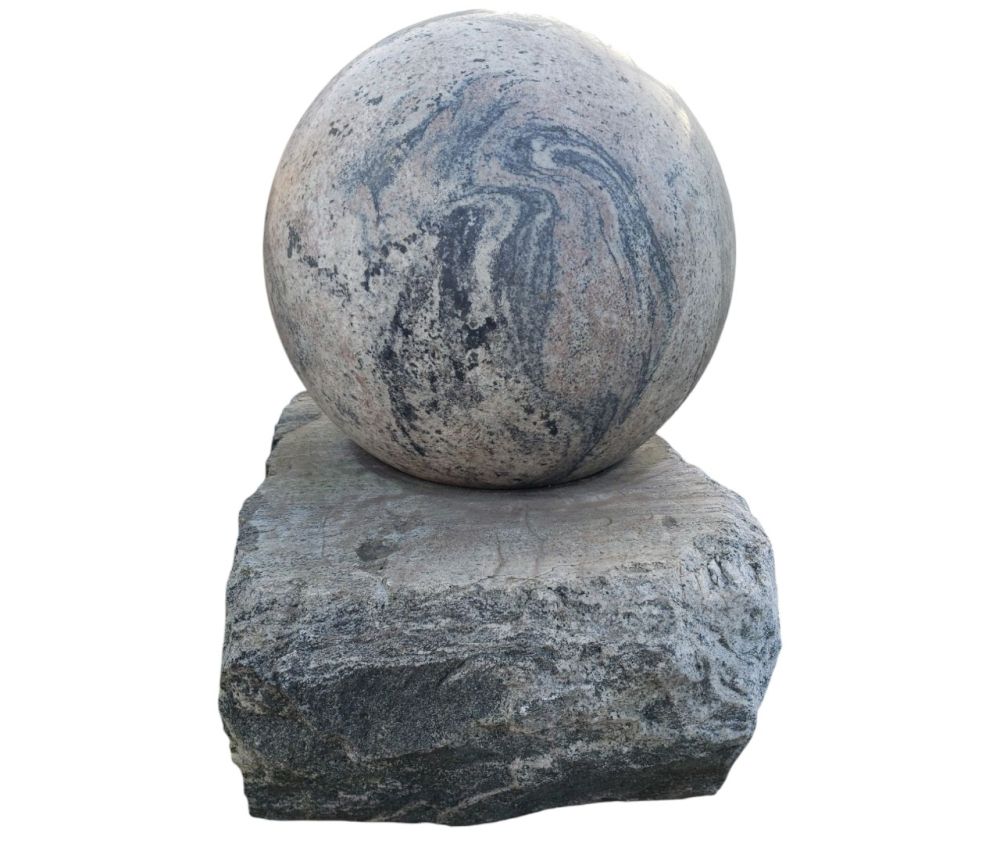We use cookies to make your experience better.
TimmersGems has a new website, existing customers also need to register again.
Fountain made of the famous gray Preseli stone with a 70cm solid ball.
Fountain made from the famous grey Preseli stone, originating from the 'Stonehenge region' in the UK. In total, the stone weighs more than 1100 kilos, very impressive! Preseli Bluestone, also known as Stonehenge Bluestone or Stonehenge Stone, is a very unique and rare igneous rock that crystallizes in the form of masses.
Availability:
In stock
SKU
121865
Science and origin of Preseli Bluestone Preseli Bluestone, also known as Preseli Stone or Preseli Spotted Dolerite, is a very unique and rare igneous rock that crystallizes in the form of masses. This crystal consists of multiple minerals, including dolerite, feldspar (plagioclase), diopside, biotite, and quartz, to name just a few. The color can vary in different shades of green (dolerite) with inclusions of small white specks (quartz) and black dots (usually a mix of hematite, biotite, and ilmenite). The only known location of this stone is within both the Preseli Hills and the mountain ranges in western Wales. Controversial History Preseli Bluestone has a long, tumultuous history surrounded by controversy. The famous Stonehenge in England consists of 43 blocks of 4,000-8,000 pounds of Preseli Bluestone. Stonehenge is estimated to be over 5,000 years old (dating back to 3100 BC) and is believed to have once contained more than 80 Preseli Bluestone "standing stones." The main controversy surrounding this prehistoric site and the millions-of-years-old mineral is how it exactly ended up at this location. Stonehenge is located in Wiltshire, which is about 150 miles away from the Preseli Hills, the only known location of this notorious stone. Historians are divided on almost every aspect of this stone, its cultural location, and how it got there.
| Dimensions | 70x100x105cm |
|---|---|
| Country of Manufacture | United Kingdom |












